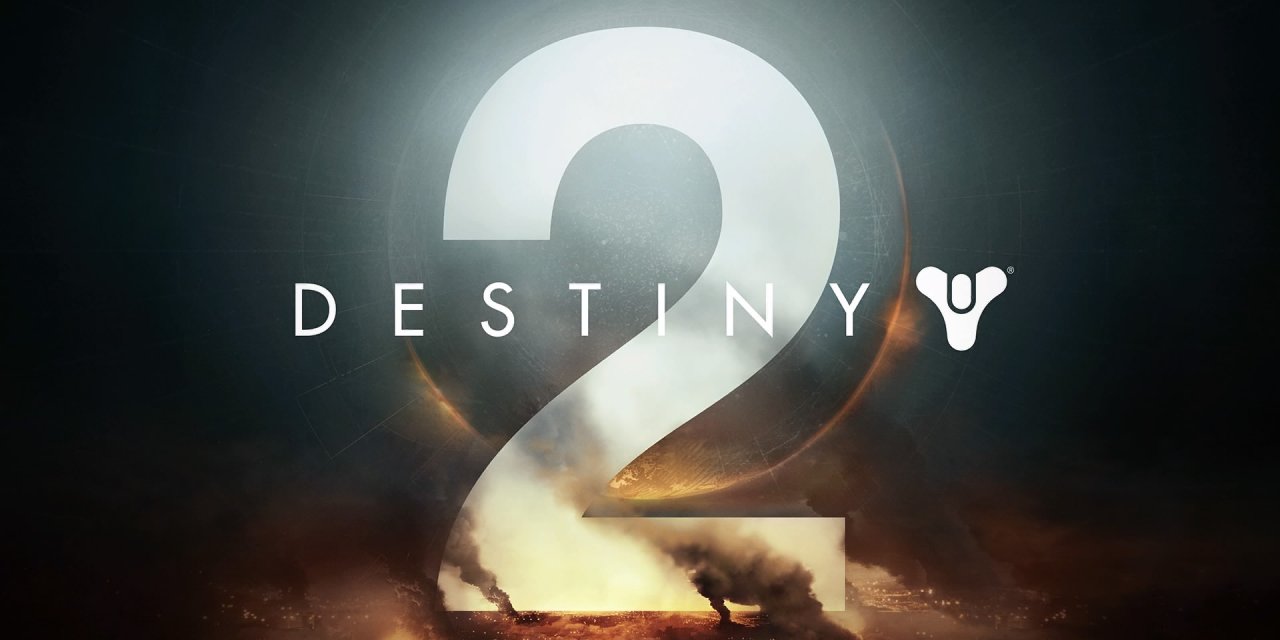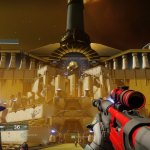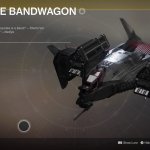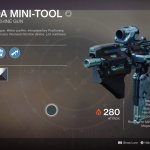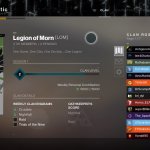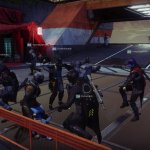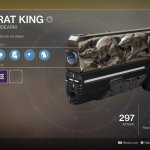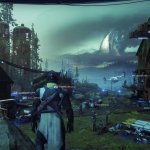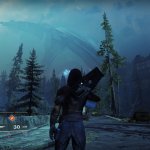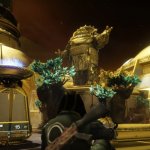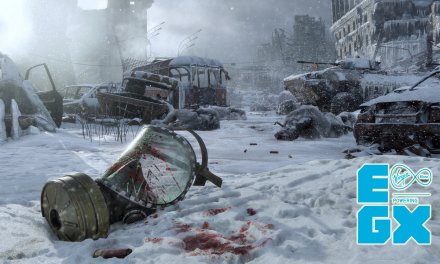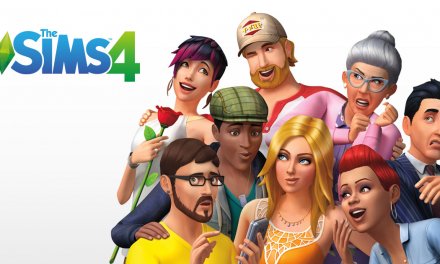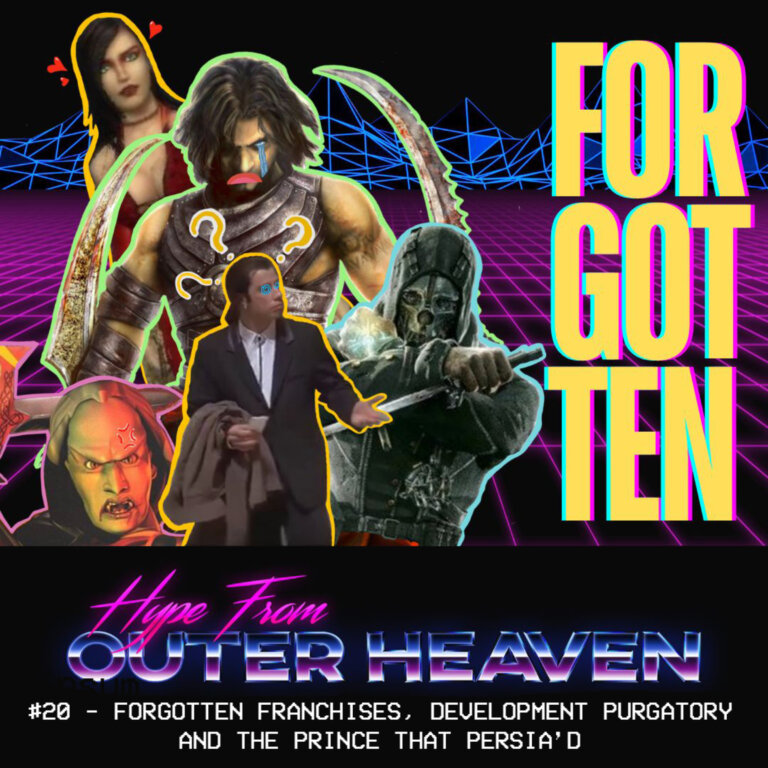“Wait for enemy to make a mistake. Die. Stand by for Ghost Resurrection. Repeat as necessary.”
In part 2 of the longest commentary ever I will be discussing Destiny 2’s end game; everything from the games new strikes, the new nightfall mechanics, even the new raid titled ‘Leviathan’. I will also be looking over the Crucible this time around, discussing what makes it work, what needs improvement and my thoughts on the new Trials of the Nine game mode. Stick around dear reader, the end is almost in sight!
Click here for Part 1.
Following on from part 1, I was talking about the overhauled combat and AI mechanics without actually discussing any of the endgame content in Destiny 2. Much like in the original Destiny the game doesn’t really begin until you reach the level cap and have completed the main campaign; as aforementioned in part 1 grinding for better loot as well as increasing ones power level becomes the primary focus upon finishing the story. Currently, the max power level is believed to be around 350, with a number of activities pushing you higher and higher to this point. The grind becomes increasingly harder past the point of 265, leaving you to rely on the weekly resets to push into 300+ power. In terms of the ‘end game’ the content is the same list of usual suspects on offer from the original, with some new changes to keep them fresh and distinct. Once you reach power level 260+ (which is easily attainable by completing the misc. objectives dotted around the patrol zones) all high end activities become available to you with the exception of Prestige difficulty for certain activities. In terms of Strikes, there are 6 strikes in total this time around (with one being a PlayStation exclusive). Each one offers a ‘mini-raid’ experience complete with complex mechanics and overlong jumping and combat sections, much like the Inverted Spire strike that was available back in the Beta. By far my favourite strike thus far is the Pyramidion, which feels very much like a homage to the fan-favourite Vault of Glass raid from Destiny, offering complex navigation challenges in tandem with tough combat sections as you attempt to shut down the Vex on the moon called Io. The strikes vary in terms of difficulty, but all offer something distinct that keeps them from feeling too similar to one another.
The difficulty curve spikes a lot higher when it comes to the new Nightfall mechanics, as they are a bit more brutal than their predecessors, doing away with the individual weekly burn modifiers, opting instead for the prism modifier which changes the burn on the fly every 30 seconds or so. Another interesting mechanic is the fact that you now only have between 10 and 14 minutes (7 on Prestige difficulty) to complete the strike, with each week offering a different modifier to regain lost time; for example, in the first week it was based on killing enemies, last week saw rings spawn around combat areas offering you a solid 30 seconds every time you jumped through one while this week has you searching for anomalies within the strike itself, adding 30 seconds every time one is shot and destroyed. The difference in modifiers is what kept the challenges fresh in the first game, adding to the old “if it isn’t broke, don’t fix it” mentality that definitely serves Destiny 2 well. It’s also important to mention that these modifiers are only the first few that we have seen, and there is no doubt in my mind that Bungie has more stashed away to keep us on our toes. The new raid went live on Wednesday last week; titled ‘Leviathan’ it sees 6 Guardians invited by Emperor Calus to perform a series of complex tasks aboard his massive gold-trimmed, planet eating ship known as ‘The World Eater’. In terms of difficulty the raid is second to none, with only a few fireteams actually having finished the colossal undertaking. Myself and the guys and girls over in the Legion of Morn have so far only managed to make it up to the fifth stage which sees you navigating a luminous garden full of Cabal war beasts while two guardians assist in navigation; while the section is obviously new, I couldn’t help but be reminded of the Gorgon’s Labyrinth from the Vault of Glass raid in Destiny which was a nice touch in terms of nostalgia. The Leviathan raid sits nicely between Vault of Glass and King’s Fall in terms of length, being broke up into three challenge sections that get increasingly harder as you go on. Unfortunately the loot drops in the raid thus far seem a bit scarce, being nothing more than glimmer, the odd shader and a few Emperor Calus tokens (which can be redeemed at a new vendor called Benedict 99-40 once the raid has been completed). While I have not completed the raid yet, I fully intend to get a completion down this week, so be sure stay tuned to my twitter feed at @Antigenetic92 to see if I’ve been successful!.
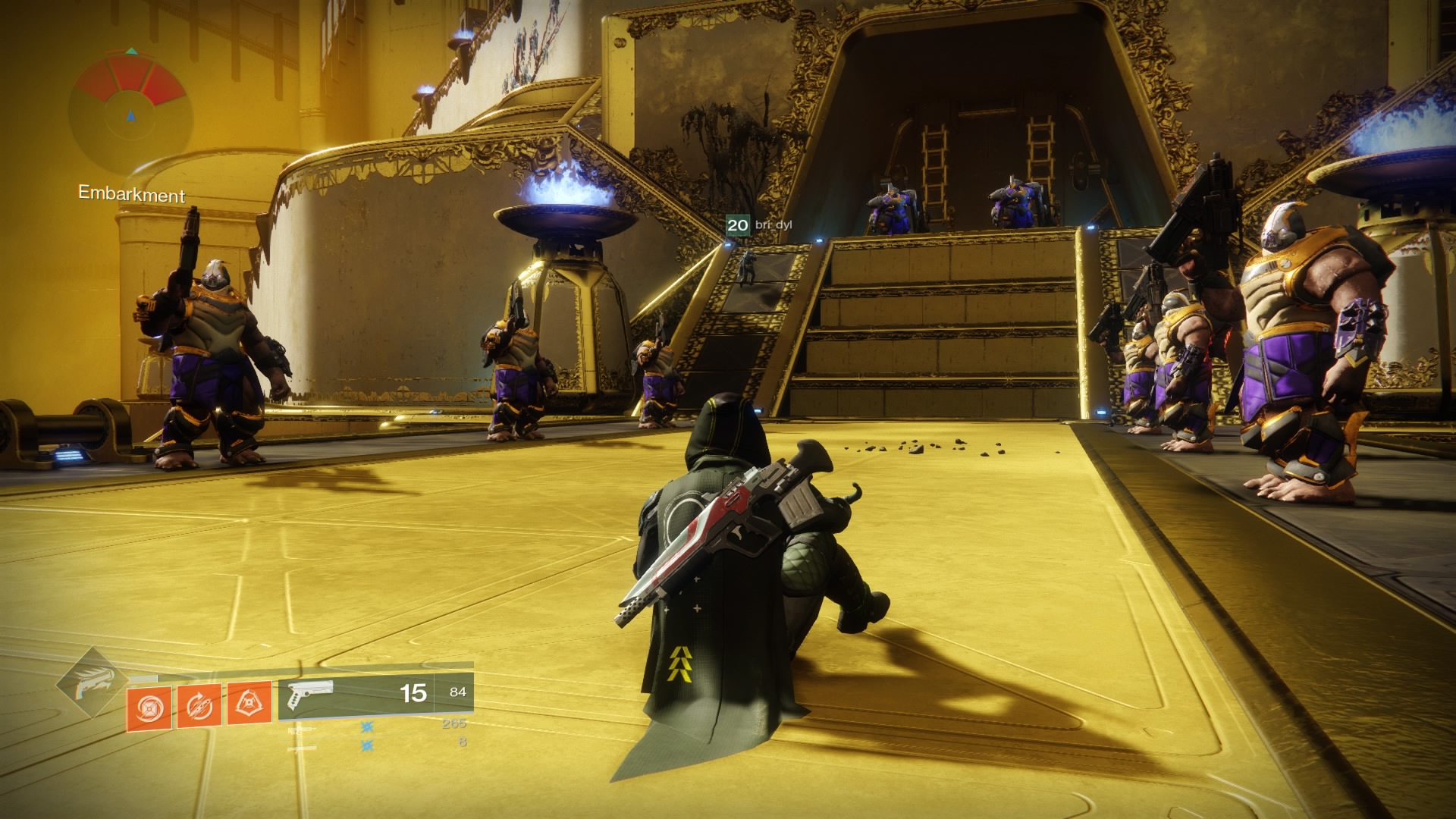
The Leviathan: Destiny 2’s first raid pulls no punches when it comes to the difficulty curve.
While the raid definitely brings players together for the games toughest challenge, it doesn’t exactly form a community (no matter what Bungie states about the Guided Games feature) this is where clans come into play. Clans are more important in the Destiny universe now more than ever, not only for always having fireteams available at a moments notice for the Nightfall and Raid but for the prospect of community building, as Destiny 2 has overhauled their clan system making clans an integral part of the game. In Destiny 2, to represent a clan you have to pick up their clan banner from Suraya Hawthorne at the Farm after a certain point in the story; as a collective, your clan can earn up to 100,000 communal XP which goes towards perks on the banner, such as more rewards from public events and higher chances of dropping an engram from playlist activities. Additionally, all clan members will now receive legendary engrams for actions performed by the clan as a whole, such as getting 7 wins in the new Trials of the Nine game mode or completing the week’s Nightfall. It goes a long way to make the overall experience feel a lot more grounded in multiplayer, bringing people together for one purpose: sweet precious loot.
In term of fireteams, clans will play a larger part in the Crucible this time around as it has been designed to be more team focused than its predecessor. Opting for 4×4 instead of 6×6, the PvP combat feels all the more grounded in its design, playing more to the gun-skill of the player rather than ‘cheap’ abilities like the one-shot sticky grenades and the Titan class’ shoulder charge from the original. While the change of pace is refreshing, something hasn’t worked quite as Bungie planned as players will very rarely roam around on their own, opting to stick together in 4 man squads making combat that much more difficult. There is also an issue in the current meta with a specific weapon: the MIDA Multi-Tool, which is one of the few exotic weapons that has survived re-entry into Destiny 2. As players are sticking together more due to the new crucible changes, it also means that players are engaging each other from longer distances leaving the MIDA to be the bane of many competitive players at the current moment, also making the PvP gameplay somewhat stale after a few matches. Two modes of play are available: Quickplay and Competitive, with either offering a different experience depending on what you’re looking for. Quickplay favours a more casual, friendly environment playing the more favoured PvP modes such as Clash and Supremacy; on the other hand Competitive lives up to it’s name offering the more intense, team focused game modes that favour the E-Sports scene. On top, the competitive scene sees the return of the infamous Trials game mode, dubbed this time around as the Trials of the Nine, ditching the Osiris theme entirely. My few attempts at playing this particular game mode when it launched on Friday last week didn’t go as well as I expected, having lost around 6 or so rounds in a row before I decided to call it quits. The mode showcases the ‘best of the best’ when it comes to Destiny 2’s PvP, and while I am somewhat capable of holding my own in regular PvP, all bets are off when it comes to Trials. The mode was notorious in Destiny for having a toxic player base, resorting to cheat tactics such as lag switching and DDOS’ing rival players IP addresses in order to monetize flawless carries with the price of a carry being anywhere between £10 – £300 depending on who you were dealing with. Trials in D2 is a lot less exclusive as it was in the original, with one of the weekly clan engrams dropping Trials weapons for all members should anyone in the clan complete the card by winning seven rounds (Thanks Craig!). Additionally the lack of dedicated servers this time around could see the return of many of the cheat tactics that were responsible for the black market economy of flawless carries present in the original, something that I hope Bungie takes a second look at. Regardless of my criticisms of the mode aside, it serves a purpose for the players who enjoy it, being the primary focus for a good portion of Destiny’s player base as well as it’s growing E-Sports scene.
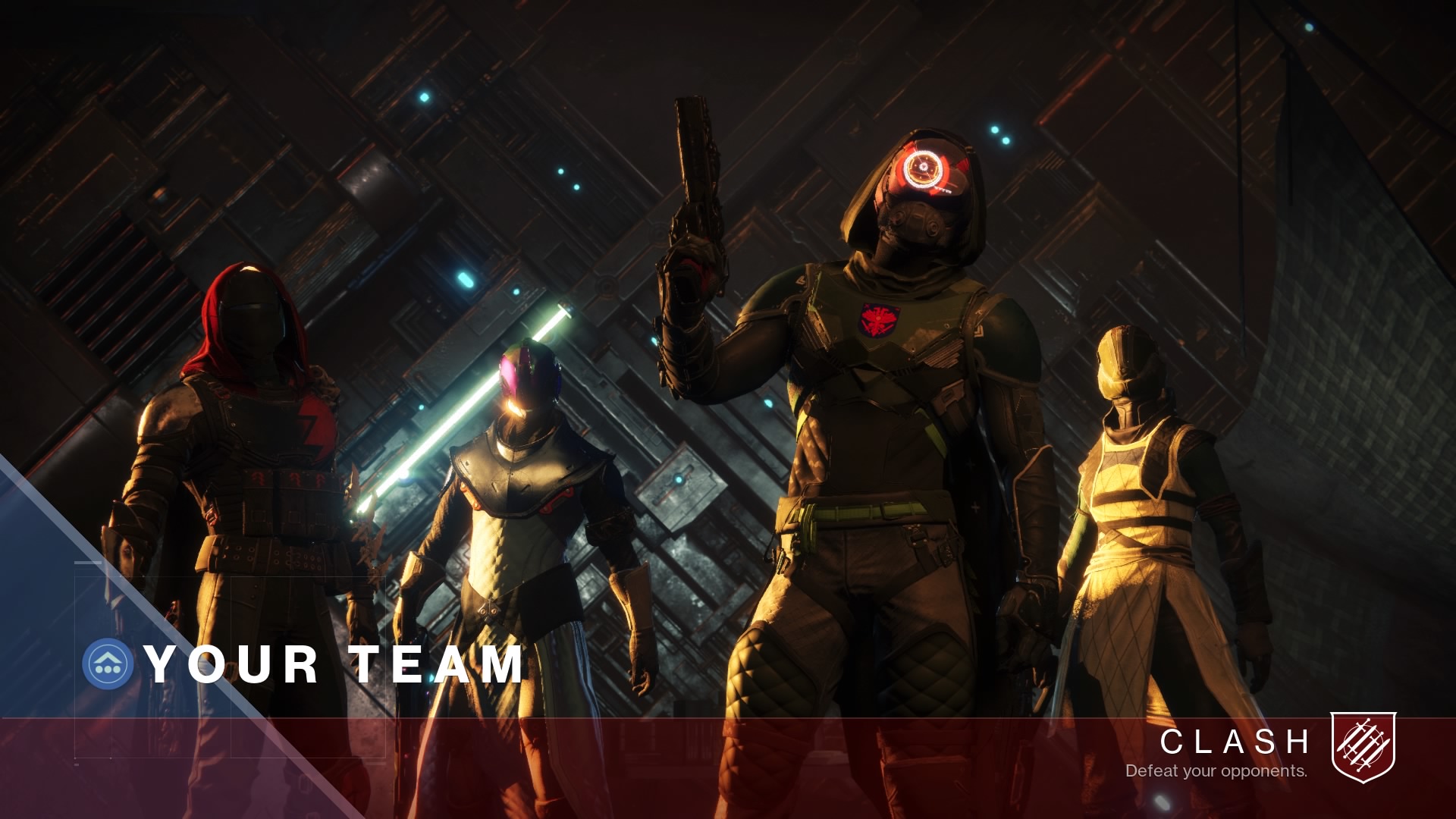
The Crucible: Destiny 2’s player vs. player modes have been overhauled resulting in a tight, team focused experience.
If you’ve crossed articles and made it this far, then it should be clear by now that I’m a big supporter of Destiny 2; and while I have my concerns and criticisms for some aspects of the game, I truly believe that Bungie have delivered the experience that they intended the first time around. I had my initial doubts at first after playing the Beta, but they were quickly put to rest when I finally picked up the full game. If you enjoyed certain aspects of Destiny but were let down by the overall product, you owe it to yourself to try out its sequel; It’s remarkably fun and easy to get to grips with, showcasing all of the positive aspects of the original by building upon them as well as making some key changes that were desperately needed. Destiny 2 certainly doesn’t pulls any punches this time around making it a strong contender for game of the year 2017, indicating that Bungie have definitely listened to their player base’s feedback by designing a game specifically tailored for them; here’s hoping that the next 3+ years of content lives up to the same standard…
If you’re looking to get more out of Destiny 2 in the coming months, the season pass can be bought (at a discount) from CDKEYS for £26.99 by following the link here.

